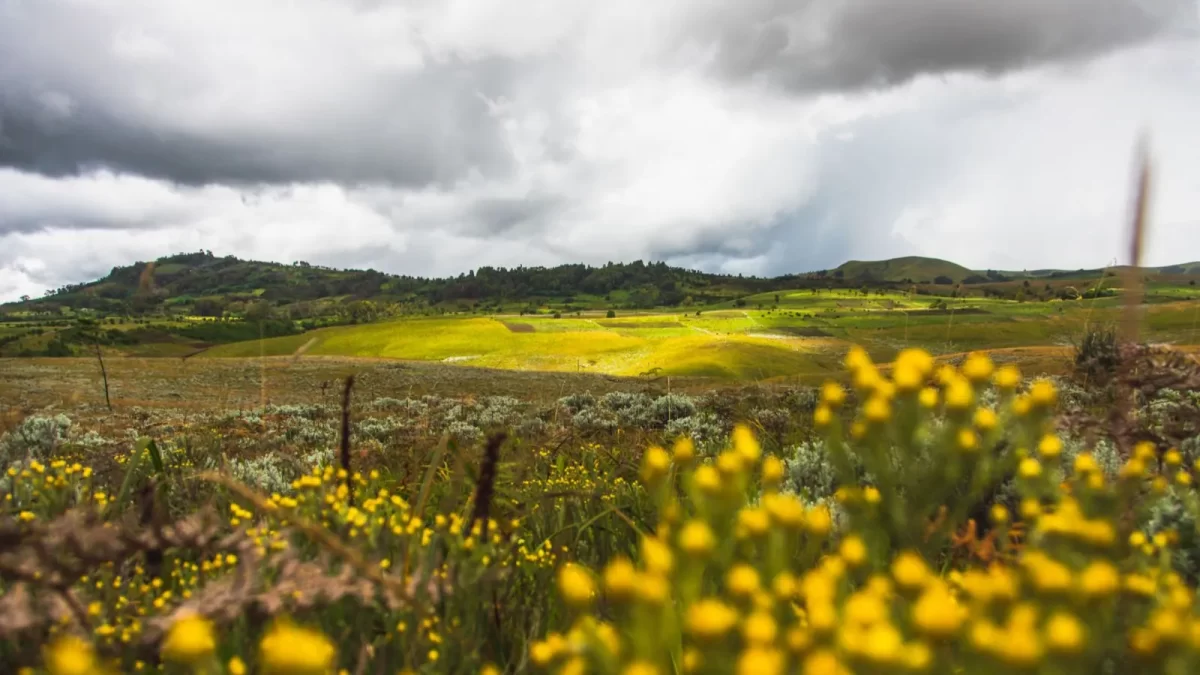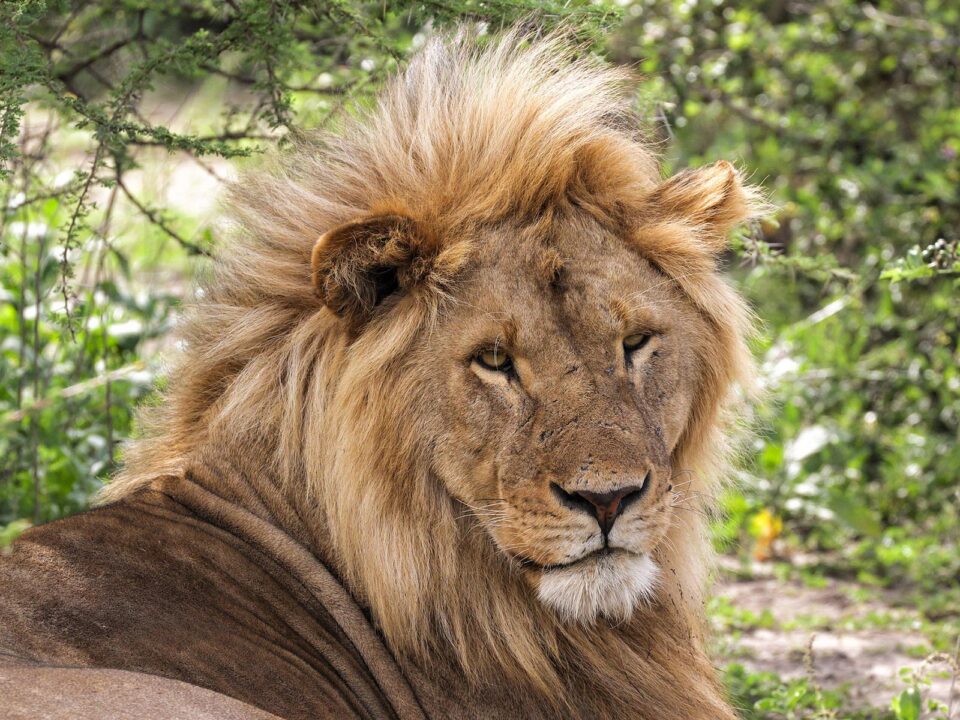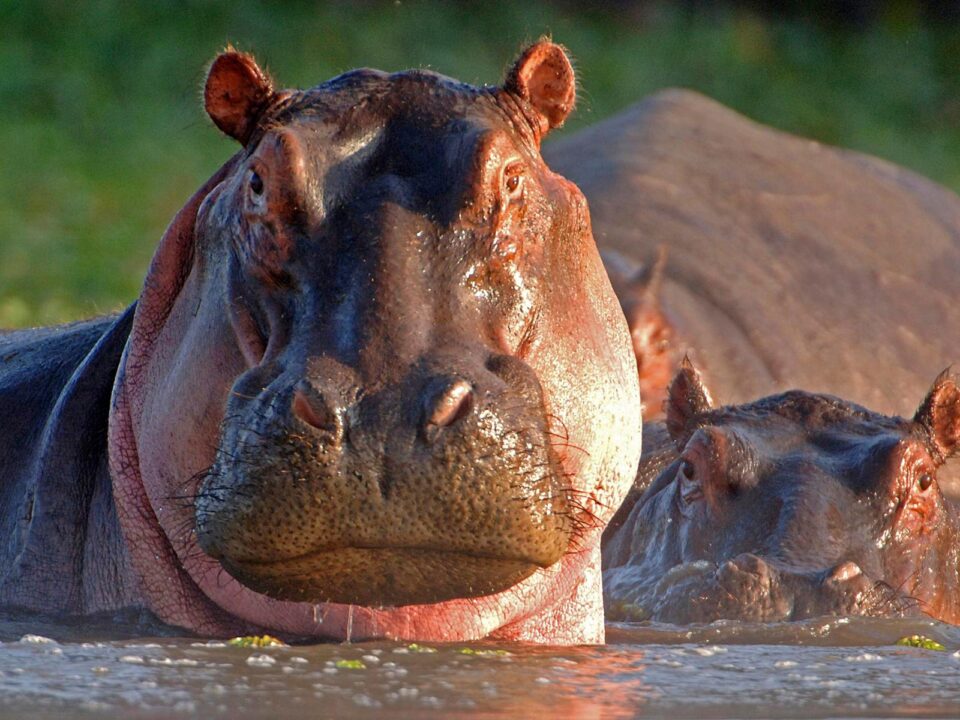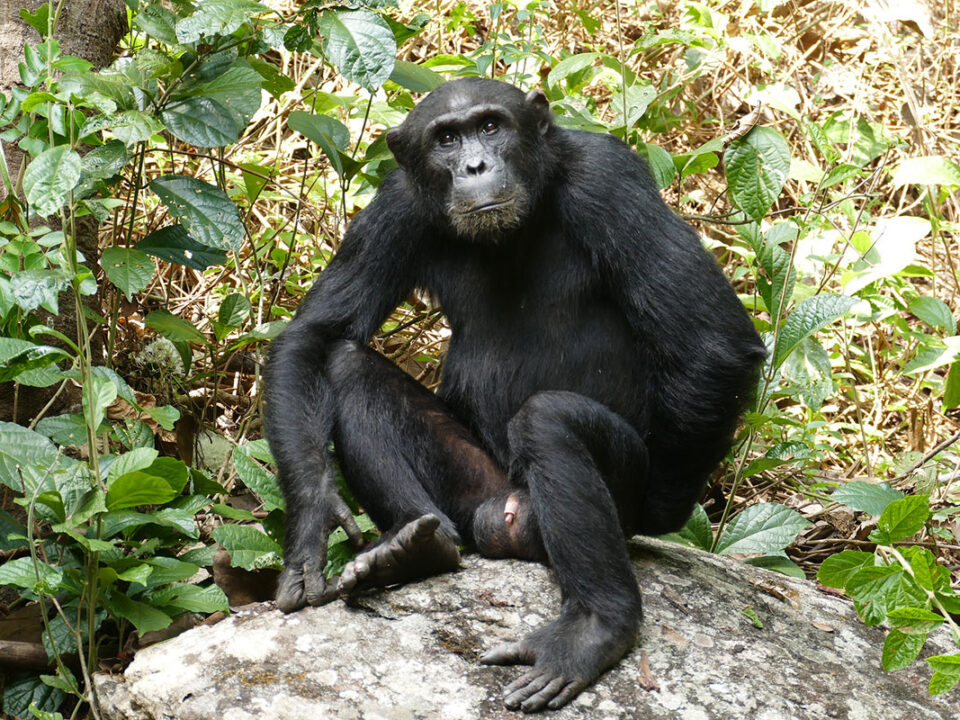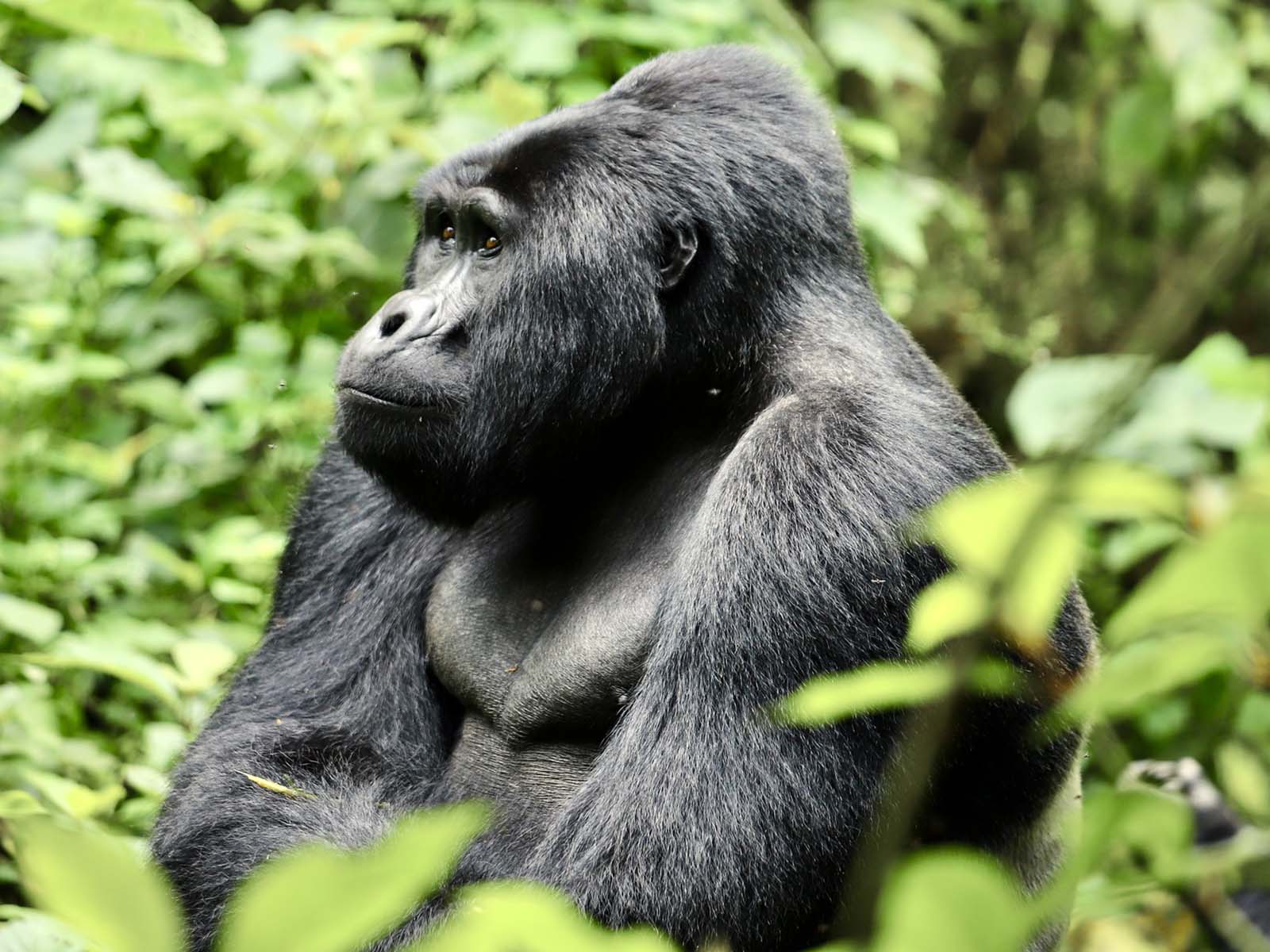
Guaranteed Gorilla Permits for Uganda and Rwanda
October 2, 2023
Uganda Safaris to Murchison Falls
October 2, 2023Unveiling the Floral Wonderland: Kitulo National Park in Tanzania – An Expedition into Nature’s Paradise
Safari Tours to Kitulo National Park: Nature’s Kaleidoscope — Prepare to embark on an enchanting journey to Kitulo National Park in Tanzania, a botanical marvel that unfolds like a canvas of vivid colors in the heart of the Southern Highlands. Known locally as the “Garden of God,” this hidden gem is a spectacle that captivates the soul, offering an exquisite floral display like no other. As you explore the park’s lush landscapes, you’ll encounter a staggering 350 species of vascular plants, including a stunning array of 45 terrestrial orchid varieties. This riotous explosion of wildflowers takes center stage during the main rainy season, gracing the park from late November to April.
A Historic Transformation: From Ranch to Botanical Sanctuary
Before evolving into a treasured tourist park, Kitulo was a livestock ranch earmarked for breeding Merino sheep from Australia and European cattle breeds. In 1920, British officers meticulously mapped the area for ranching purposes. However, the land underwent a remarkable metamorphosis, transitioning into a thriving botanical sanctuary that stands as a testament to nature’s grandeur.
A Floral Symphony in the Highlands
Perched at an impressive altitude of approximately 2,600 meters (8,500 feet) amid the rugged peaks of the Kipengere, Poroto, and Livingstone Mountains, Kitulo National Park boasts well-nourished volcanic soils. These soils support the largest and most vital montane grassland community in Tanzania, making it a sanctuary of unparalleled significance.
Kitulo’s Unique Floral Species: A Hidden Treasure
Amid its untamed landscapes, Kitulo Plateau National Park offers a sanctuary for an astonishing diversity of wildflowers, including lilies and fields of daisies. While big game sightings are sparse, Kitulo captivates bird enthusiasts with sightings of rare species like Denham’s bustard, the endangered blue swallow, mountain marsh widow, Njombe cisticola, and Kipengere seedeater. The park is also home to endemic species of butterflies, chameleons, lizards, and frogs, further enriching its biodiversity.
A Natural Habitat Unlike Any Other in Africa
Kitulo Plateau stands as a unique and unparalleled destination in Africa, boasting natural orchids and harmonious coexistence between wildflowers, birds, and grass-eating mammals. With its captivating allure, Kitulo Plateau is affectionately referred to as “Bustani ya Mungu,” or “God’s Garden.”
Migratory Birds in a Serene Highland Haven
Kitulo National Park serves as a haven for intercontinental migrating birds during specific times of the year as they journey to Europe. Notably, migrating Storks rest within the park as they travel from Cape Town in South Africa to Northern Europe. European White Storks and other Stork species from Scandinavian countries via West Africa find solace in Kitulo Plateau, taking a respite during their extensive migration across continents.
Unveiling the Highest Elevated Natural Habitat in Africa
Nestled at a remarkable 3,000 meters above sea level, Kitulo National Park stands as the highest elevated natural habitat in Africa. It rests on the East African massif, heavily influenced by the eastern Rim of the Great Rift Valley, which stretches from the Red Sea in the Middle East across Northern and Eastern Africa to Mozambique in Southern Africa.
Journey to Kitulo: A Scenic Expedition
Reaching Kitulo National Park is an adventure in itself. You’ll embark on a journey from Chimala town along the Dar es Salaam to Mbeya highway. As you ascend, you’ll navigate a winding and picturesque plateau route known as “Hamsini na Saba,” named after the 57 pin-sharp corners along the way. After a few hours of leisurely driving in a 4×4 vehicle, you’ll arrive at Matamba, the temporary park headquarters, situated approximately 50 km south of Chimala.
Explore, Hike, and Delight in the Scenic Beauty
- Open Walking Safaris: Traverse the grasslands, observing birds and wildflowers.
- Hill Climbing: Embark on hikes in the neighboring mountain ranges, soaking in breathtaking views of Lake Nyasa and its serene Matema Beach.
The Best Times to Visit Kitulo National Park
To experience the park’s wildflowers in full bloom, plan your visit between December and April. The summer months, from September to November, offer comfortable hiking conditions. However, June to August is marked by foggy conditions, leading to poor visibility during the daytime.
Accommodations for Your Comfort
While accommodation options are available at Matamba and Chimala, you may opt for a more comfortable stay in Mbeya municipality, approximately 100 km away.
A Jewel Among Tanzania’s Natural Treasures
Kitulo National Park shines as a radiant jewel among Tanzania’s natural wonders. It introduces a unique perspective to nature-based tourism, focusing on orchid holidays rather than the traditional wildlife photographic safaris. This distinction positions Kitulo as an extraordinary addition to Tanzania’s thriving wildlife tourism sector, where it stands shoulder to shoulder with destinations like Kenya, Zimbabwe, Botswana, Namibia, and South Africa.
Immerse Yourself in Kitulo’s Natural Splendor
Whether you are an avid botanist, bird enthusiast, or nature lover, Kitulo National Park promises a remarkable journey into a realm of unrivaled natural beauty. Discover a world where vibrant wildflowers and lush landscapes create a symphony of colors, an experience that will leave an indelible mark on your heart.

